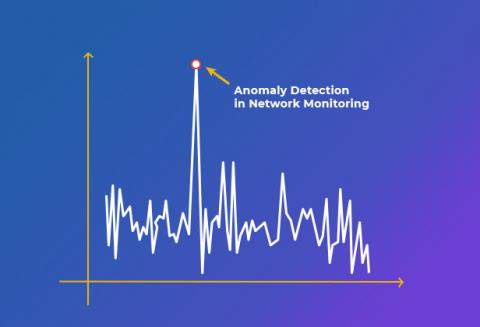Is the role of ITSM only limited to IT? Understanding Enterprise Service Management
Enterprises are facing new challenges not just in terms of staying relevant in the market and customers but also in controlling internal organizational chaos. Over the years, there have been a number of frameworks and models that were consistently being rolled out to assist enterprises to declutter operational and organizational challenges, streamline enterprise services and service delivery, and identify loopholes and fix them.









